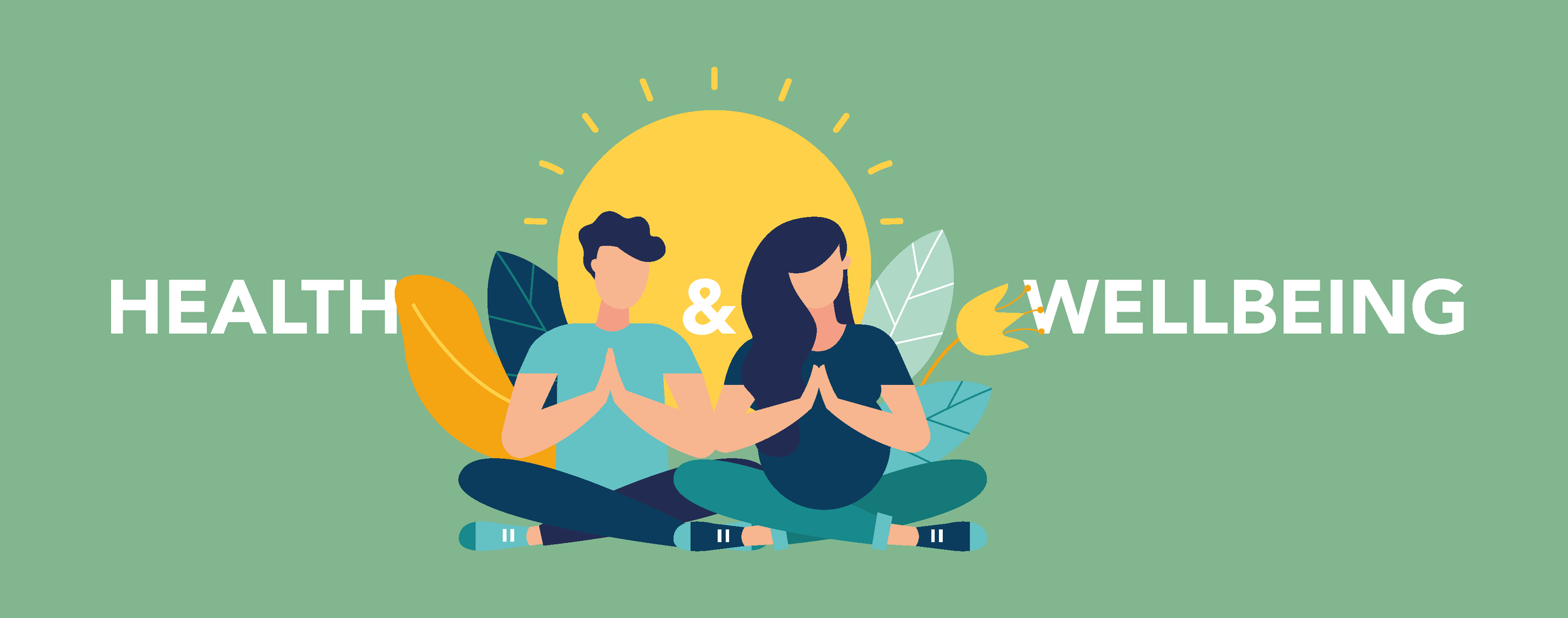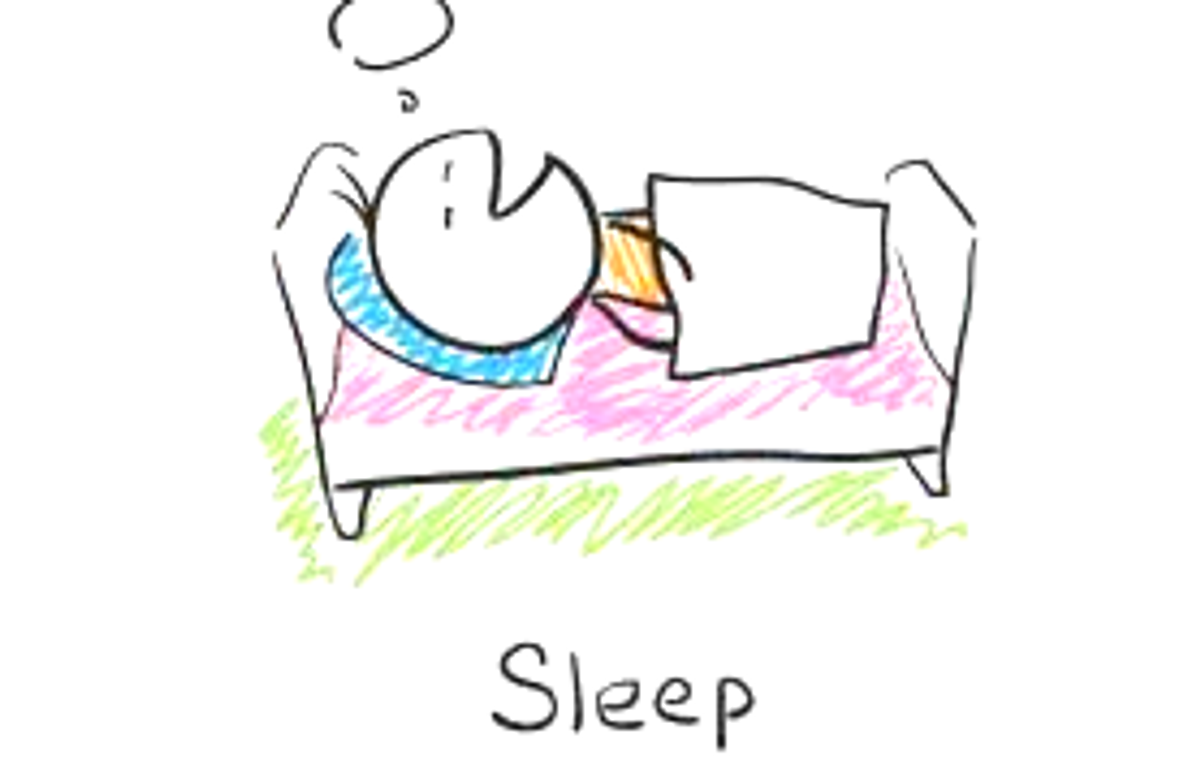Health & Wellbeing
Healthy Body ~ Healthy Brain

Health & Wellbeing
Healthy Body ~ Healthy Brain


The most common issues are:
Sleep is vital for children’s and adolescents’ wellbeing. Sleep supports healthy development of the body and mind. Evidence shows that children and adolescents who do not get enough sleep have more trouble learning. They are less attentive and motivated, have poor problem-solving, more confusion, increased irritability, reduced memory, impaired communication, slower processing of information, poorer judgement, diminished reaction times and more indifference. Lack of sleep can also lead to behaviour mood issues, impacting negatively upon relationships, empathy and leading to mental health difficulties such as anxiety and depressed mood. In Australia, the number of children and adolescents who are sleep-deprived is rapidly growing due to our lifestyle behaviours.
Technology use is on the increase with online social interactions replacing real world ones. For this reason, it is often difficult to get children and adolescents off their devices. In Australia, 25% of children aged 7-8 years report using mobile phones between 10pm and 6am – and this figure increases to 83% of children by age 17. (1) This late-night technology use is contributing to later sleep times and reduced quality of sleep. Children and adolescents commonly report going to sleep later and having interrupted sleep patterns because they reply to friends’ texts during the night.
As with adults, every child is different in terms of how much sleep they need. The amount of sleep your child needs also changes as they age. 4 Children aged 6-13 years should ideally be sleeping for 9-11 hours, although anywhere from 7-12 hours may be appropriate for some children. Teenagers aged 14-17 years should ideally be sleeping for 8-10 hours, although anywhere from 7-11 hours may be appropriate for some teenagers. (4)
What are some signs that your child or adolescent isn't getting enough sleep, perhaps through overusing technology?
Putting in place some guidelines surrounding technology use at night is advisable and these guidelines might differ depending on the age of your child or adolescent. Children and adolescents need help with regulating their behaviour and understanding the harmful effects of disturbed sleep.
Regular hours of sleep are important. It will help your child understand when it is time to sleep. Also, your child will have better sleep. Bedtime shouldn't vary by more than an hour across all days of the week - whether your child has an early start the next morning or not. The same goes for getting up time.
It is good to have the same routine before bed each night. This will help prepare for sleep. Quiet activities are good, such as reading a book or being read to or having a bath or shower. In the half hour before bed, there are some things you don't want your child to do. These are more active games, playing outside, TV, internet or mobile phone social networking and computer games.
The bedroom should be quiet, comfortable and dark. Some children like a night light. This is fine. Make sure your child sees the bedroom as a good place to be. You can help do this by not using it as a place for punishment.
TV, computers, mobile phones and other things that distract your child are not good for their sleep. Keep them out of the bedroom. “Needing” to watch a screen to fall asleep is a bad habit. This can easily develop, but you don't want it to happen. It’s also better if you can check on what your child is watching.
A high intake of sugary or fatty foods has been linked with more restless sleep. Avoid sugary or high fat snacks before bedtime, as well as large meals. A small healthy savoury snack before bed would be fine.
Caffeine is found in many popular drinks. These include coffee, tea, cola soft drinks and some chocolate products. It can make it harder to get to sleep. Your child should have as little of these as possible, and certainly not after lunchtime.
It is normal for young children to nap during the day. As your child gets older, they will need less sleep. This means they will need to nap less. The number and length of naps depends on your child. If your child naps after 4pm (except for the very young) it can be harder to get to sleep at night.
Daily exercise is an important part of healthy living. It also promotes good sleep. Time spent in bright daylight does the same. Outdoor exercise achieves both these things. However, it is best to steer clear of vigorous activity in the hour before sleep.
If your child is sick or isn't comfortable, their sleep will suffer. Some children suffer from specific sleep problems such as frequent nightmares, snoring or sleep apnoea. It is important that these problems are dealt with. If you think ill health is involved, discuss this with your family doctor.


Mental Health changes over time in response to different stresses and experiences. There are many factors, both internal and external, that affect where someone generally sits on the mental health continuum, and also where they sit at any given point in time.
Remember to reach out to your support networks if unexpected thoughts or feelings arise. Professional support is always available when you need it.




The NDIS provides funding to eligible people with disability to gain more time with family and friends, greater independence, access to new skills, jobs, or volunteering in their community, and an improved quality of life.
The NDIS also connects anyone with a disability to services in their community.
This includes connections to doctors, community groups, sporting clubs, support groups, libraries and schools, as well as providing information about what support is provided by each state and territory government.
The NDIS now supports over 500,000 Australians with disability to access the services and support they need.
This includes supporting approximately 80,000 children with developmental delay, ensuring they receive support early so that they achieve the best outcomes throughout their lives.
How to apply for NDIS Funding
If you would like to make a suggestion on what you would like included in the Health and Wellbeing page, please email using the link here ...